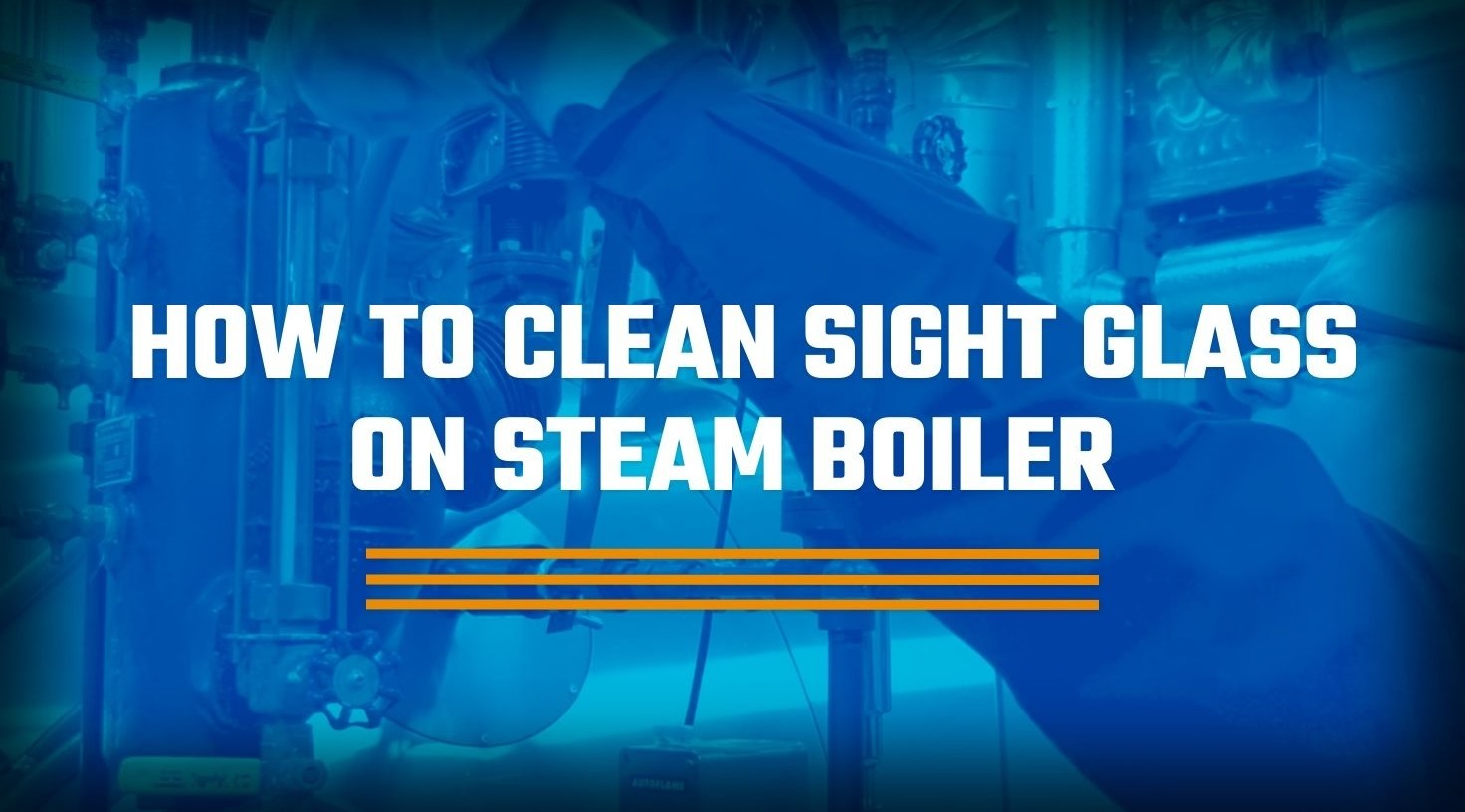Boilers need water to operate. Without them, there’s nothing to boil. But since a steam system operates under pressure, maintaining proper water levels isn’t as easy as pulling a dipstick and checking it. The nature of the sealed system means you need some way to look inside without losing pressure, and that’s where the sight glass comes in.
Thanks to the incompressibility of water and the steam pressure bearing down on it, your sight glass is able to give an accurate picture of the useable amount of water inside your boiler. However, due to dissolved minerals and other solids in your water supply, your sight glass can develop scale and sediment that can not only make a sight glass hard to read, they can actually hamper the accuracy of the water level it displays. Fortunately, many sight glasses can simply be cleaned, rather than replaced. And it’s not that hard to do.
Getting Started
To clean your sight glass, you’ll need protective gear to keep your face, arms, hands, and body safe from hot surfaces and any errant steam. You’ll also need a cup or so of regular household ammonia. Now let’s get to cleaning.
Venting The Water
First, make sure that your top and bottom gauge valves are both in working order, and are capable of sealing off completely. Without a proper seal, the cleaning procedure is ineffective, and can be dangerous.
Next, run a temporary line to the drain valve below your sight glass. This line will be used to safely vent excess water, and will be used to introduce the ammonia into your sight glass.
Carefully but thoroughly close the gauge valve below your sight glass, then close the gauge valve above it. Slowly open the drain valve of your sight glass, then open the drain valve and allow all the water to drain. To make sure all the water is out of the sight glass, open the top gauge valve just a tiny bit and let the steam pressure blow any remaining water out. Your sight glass should only have steam in it at this point.
Introduce the Ammonia
Now place the end of the temporary drain line into the cup of ammonia, and close the top valve. This will cause the steam inside the sight glass to condense, forming a vacuum that will suck the ammonia up into it.
Give the ammonia a few moments to dissolve the deposits in your sight glass, then slowly open the top valve to vent the ammonia back into the cup via steam pressure.
Repeat the process of closing the top valve, sucking the ammonia into the sight glass, and venting it back into the cup until your sight glass is completely clean. Depending on the amount of buildup you’re dealing with, it may take several cycles to get your sight glass properly clean.
Finishing Up
Once all the scale and sediment are gone, use the top valve to vent the ammonia back into the cup one last time, then close the top gauge valve completely. Make sure your drain valve is completely sealed, then slowly open the lower gauge valve, then the top gauge valve, and resume normal boiler operation. Be sure to dispose of the ammonia properly.
For a video demonstration of the process, be sure to check out our video on sight glass cleaning as well.
